As a special education teacher new to the teaching profession, I never considered that I would spend the last third of my year sitting on the couch desperately finding ways to connect with my students through a screen.
And I also never expected that in the last weeks of school, a man named George Floyd would be murdered, sparking mass protests and leading to the largest civil rights movement in history.
While news of horrific violence against BIPOC (Black, Indigenous, People of Color) communities and individuals spread, I worked to find my place in this movement as a white woman. I wanted to use the privilege of my skin color, while avoiding taking up the space that belongs to Black and Brown voices, in order to amplify messages, spread awareness, encourage donations, sign petitions, and march.
I find myself in an ongoing period of self-reflection and self-improvement, somewhere between performative activism and allyship. I hope that through this process, I can become a better ally and co-conspirator to those with intersectional identities that differ from my own.
I’m sharing my story in the hope of normalizing being honest about where we are in this journey, and acknowledging that there is always room to grow.
In the second weekend of protests against police brutality, I participated in the African American Council of Churches’ Black Lives Matter Solidarity March in Madison, Wisconsin. We began our trek to the State Capitol, pausing every 8 minutes and 46 seconds to truly feel how long Derek Chauvin had his knee on George Floyd’s neck.
We arrived on the Capitol lawn to hear several impassioned Black women speakers from the community: one calling for donations to Black-owned businesses and churches, one emphasizing that we don’t know her story and the history that brought her to her position today, and others calling white allies to stick around for the movement, not the moment. This means that we are not absolved of the work after a single donation or rally. For structural change to occur, we need to communally devote our time to ongoing, long-lasting activist efforts and have tough conversations at every opportunity.
I signed my name to the AACC’s banner, committing myself to the cause, the long haul, the emotional work necessary to chip away at systems of oppression.
That same week, I logged onto Zoom with family friends from my childhood for our weekly pandemic paint night. Our inspiration that evening was “Protest Art.” I had broken all of our non-existent paint night rules that day by starting hours ahead of time and not actually painting. I chose to draw a colored pencil portrait of Breonna Taylor, which became my first in a series of portraits of Black individuals who have unjustly lost their lives. Some portraits that followed have included Tony Robinson, George Floyd, Dominique “Rem’mie” Fells, Robert Leroy Fuller, and Oluwatoyin “Toyin” Salau.
I took the portrait of Breonna Taylor to social media as a means of grabbing others’ attention beyond the widely shared quotes and articles that are too often scrolled past. Now that the school year has come to a close, I have devoted each day to drawing a new portrait, creating posts with information about the individual pictured, and providing explicit action items tailored to their stories. Each post includes links to petitions and places to donate.
I have also started sharing my Venmo and Paypal handles for donations in the case that people are overwhelmed by the sheer number of causes that would benefit from their money. I have distributed all donations to Black Lives Matter-oriented organizations and Black-owned businesses, and will not be keeping any money for myself.
I include this message with each portrait and list of donations as a way to be fully transparent about my role and encourage others to show up in whatever form of activism feels best for them: “I urge you to donate directly to the causes that you are passionate about, but am happy to do that step for you if the number of options is overwhelming. I just want to be transparent about the fact that many of these donations are tax-deductible, and in sending donations through me, I may benefit.”
Spreading awareness through my art has become my way of connecting with friends, family, and peers through a screen on issues of social justice. In some ways, this process has felt fairly performative, though, I am finding that it is also encouraging people to act and continue the work beyond those first weeks of protests.
My foremost intention is to keep the momentum of support going and energize those on my friends list, particularly my white counterparts, to start and continue their own anti-racist work.
Below are my portraits. May they be of benefit.
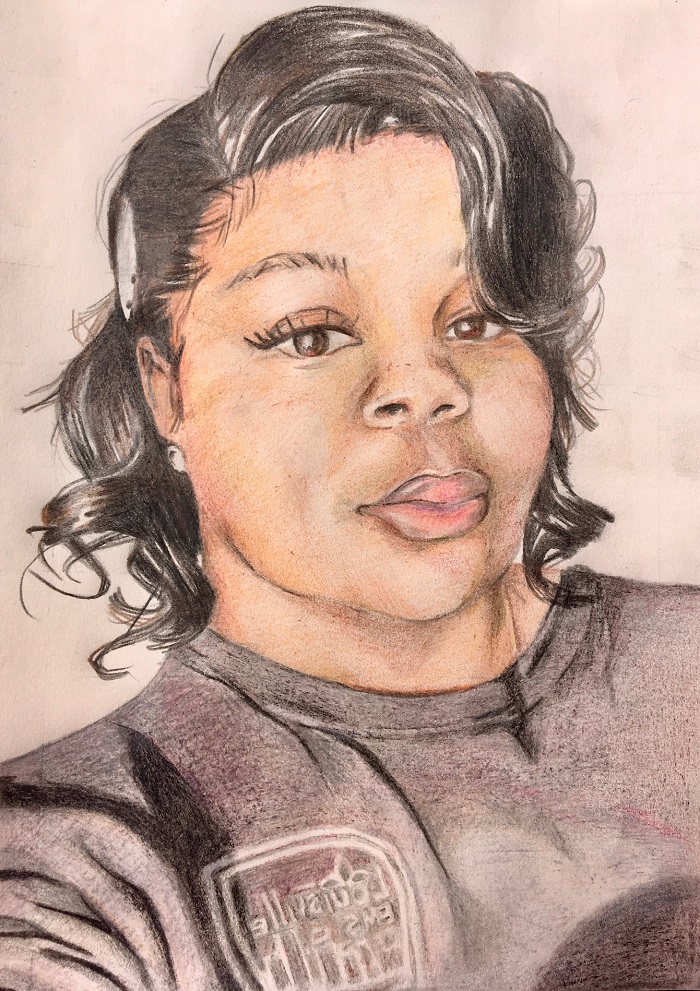
Breonna Taylor
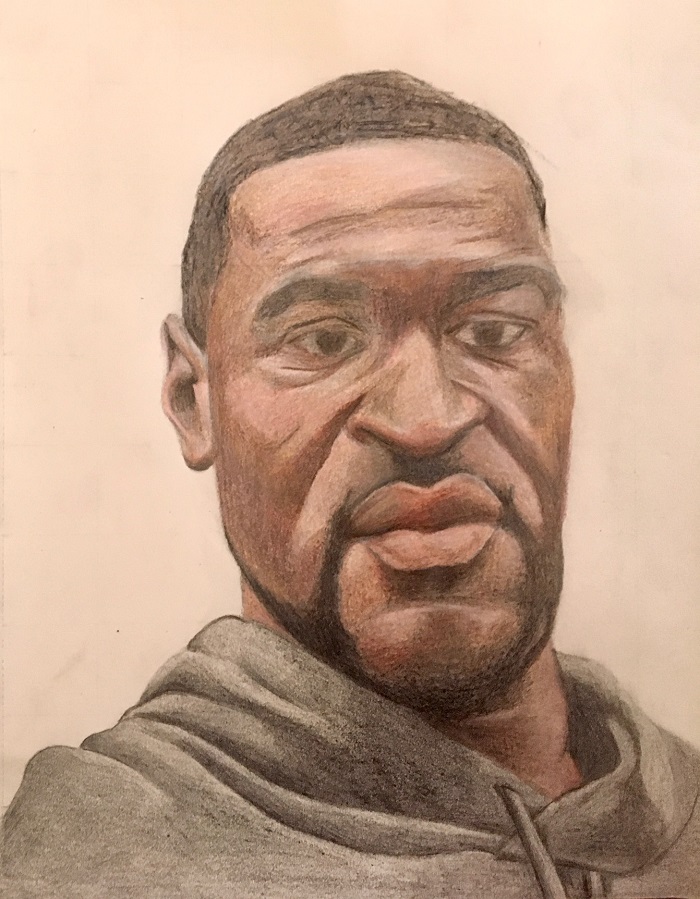
George Floyd
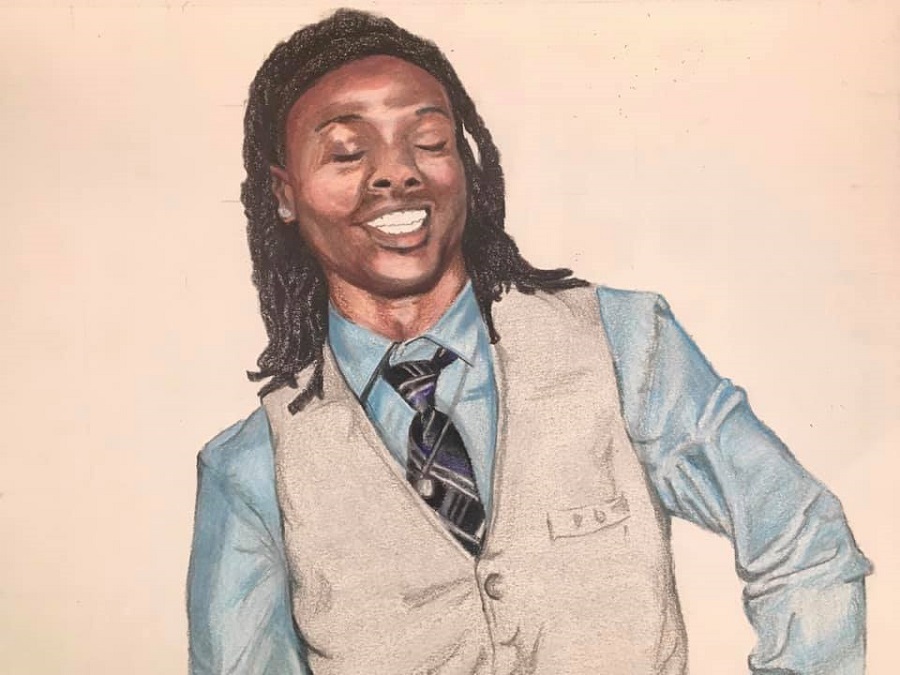
Robert Leroy Fuller
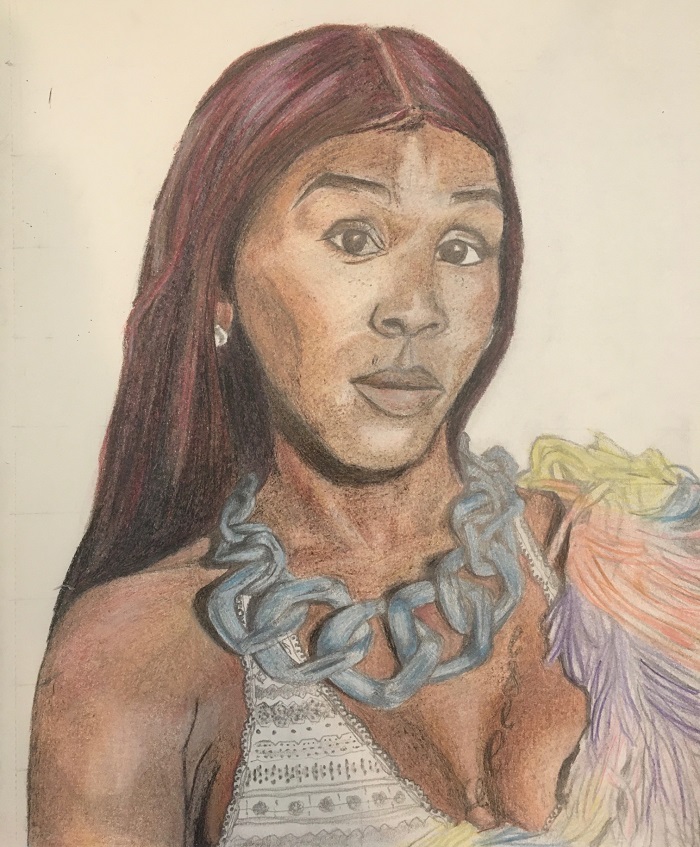
Dominique “Rem’mie” Fells
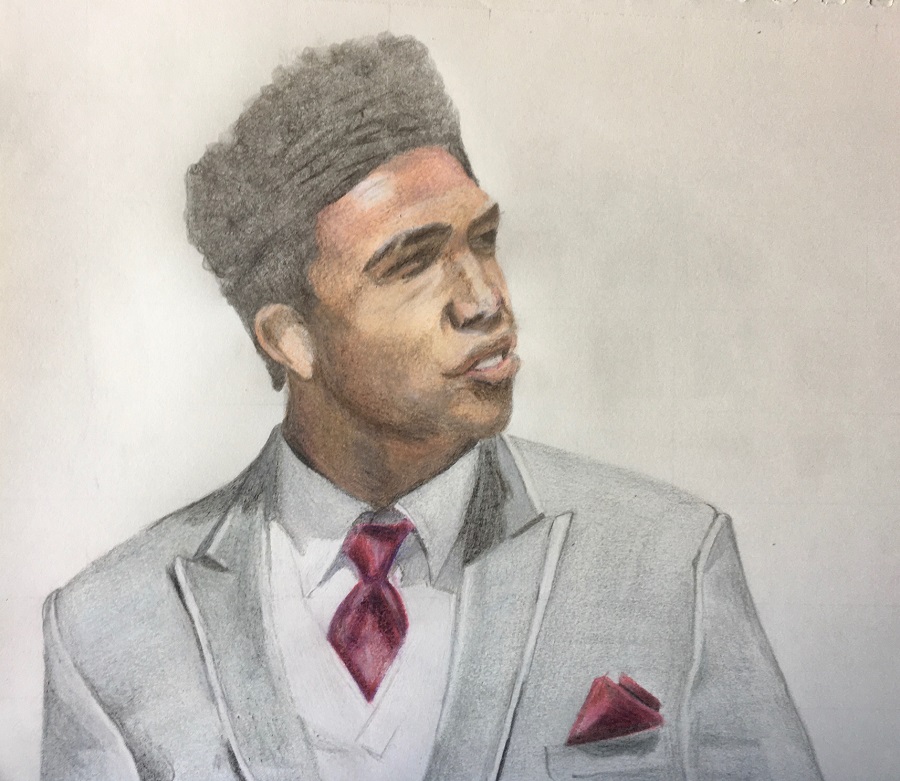
Tony Robinson
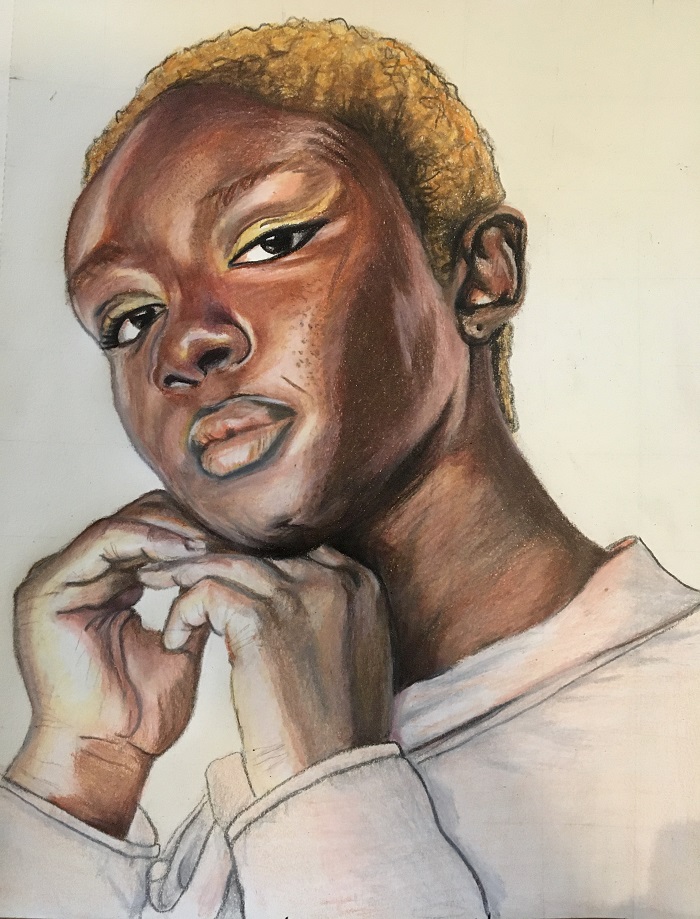
Oluwatoyin “Toyin” Salau
~
Watch an anti-racism hour with Jane Elliott talking with Waylon Lewis of Elephant, here.


 Share on bsky
Share on bsky
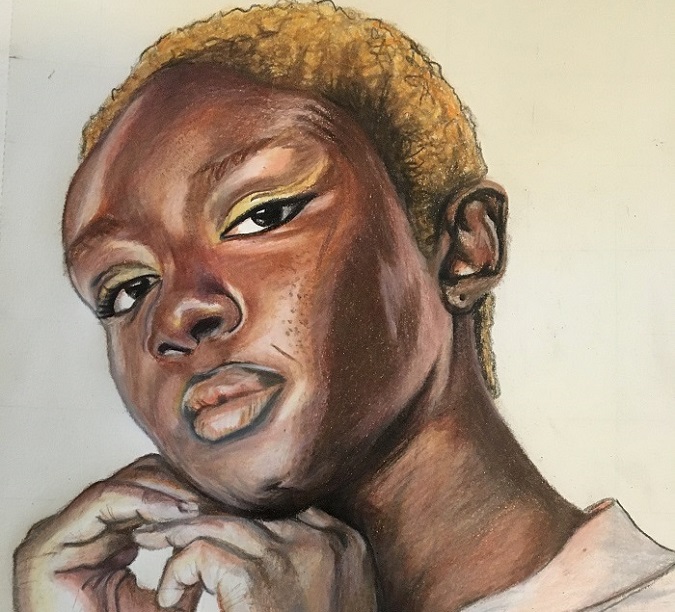
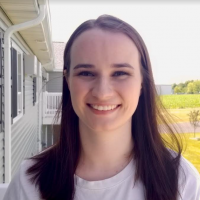



Read 3 comments and reply